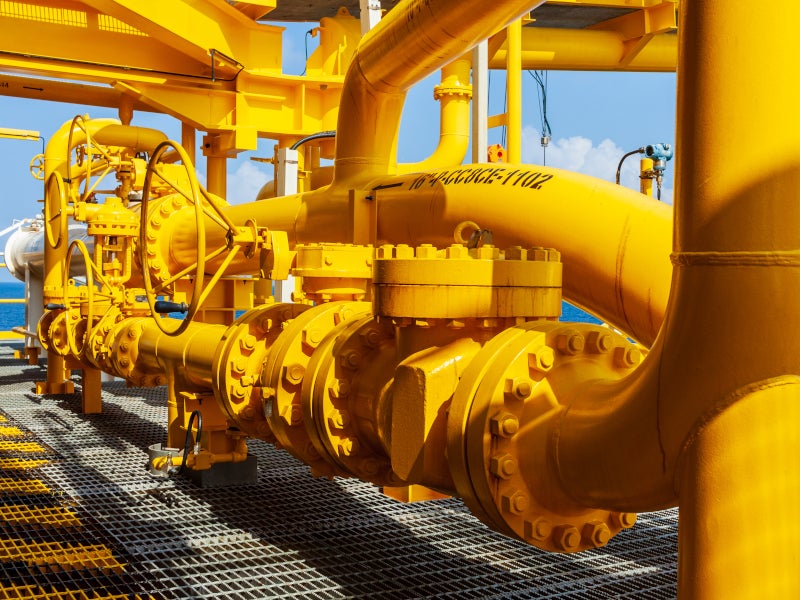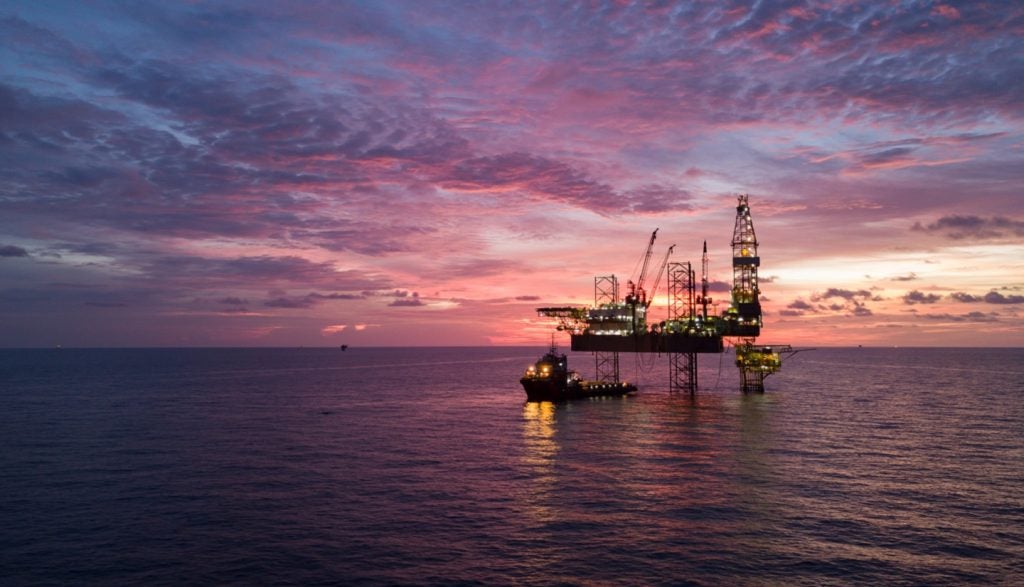Sembakung is a producing conventional oil field located onshore Indonesia and is operated by PT Pertamina EP. According to GlobalData, who tracks more than 34,000 active and developing oil and gas fields worldwide, Buy the profile here.
An expansion project is associated with the Sembakung, namely the Sembakung Development. This project is currently in the feasibility stage.
Field participation details
The field is owned by PT Pertamina (Persero).
Production from Sembakung
The Sembakung conventional oil field recovered 84.67% of its total recoverable reserves, with peak production in 2003. Based on economic assumptions, production will continue until the field reaches its economic limit in 2044.
See Also:
About PT Pertamina EP
Pertamina EP is in the business of extracting crude oil. The company's business focuses on the exploration, development, and/or production of petroleum from wells in which the hydrocarbons will initially flow or can be produced using standard or enhanced drilling and extraction techniques, as well as the production of crude petroleum from surface shales or tar sands. The company is headquartered in Indonesia.
For more details on the Sembakung Conventional Oil Field, buy the profile here.
Premium Insights
From

The gold standard of business intelligence.
Blending expert knowledge with cutting-edge technology, GlobalData’s unrivalled proprietary data will enable you to decode what’s happening in your market. You can make better informed decisions and gain a future-proof advantage over your competitors.





